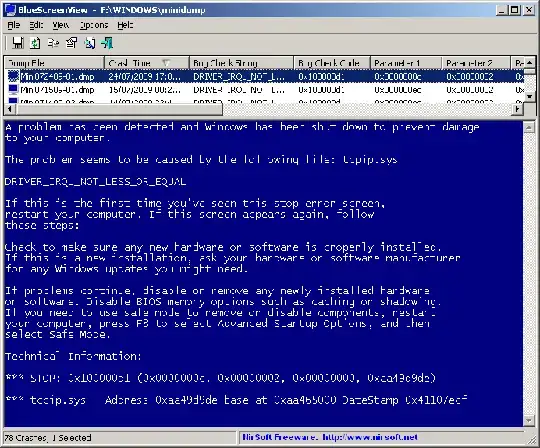All BSODs are stored on your computer. The freeware BlueScreenView not only recreates the BSOD display as-it-was, but also tries to analyze the dumps and find the guilty program/driver for you:
BlueScreenView scans all your minidump
files created during 'blue screen of
death' crashes, and displays the
information about all crashes in one
table. For each crash, BlueScreenView
displays the minidump filename, the
date/time of the crash, the basic
crash information displayed in the
blue screen (Bug Check Code and 4
parameters), and the details of the driver or module that possibly caused the crash (filename, product name,
file description, and file
version).
For each crash displayed in the upper pane, you can view the details of the device drivers
loaded during the crash in the lower
pane. BlueScreenView also mark the
drivers that their addresses found in
the crash stack, so you can easily
locate the suspected drivers that
possibly caused the crash.

